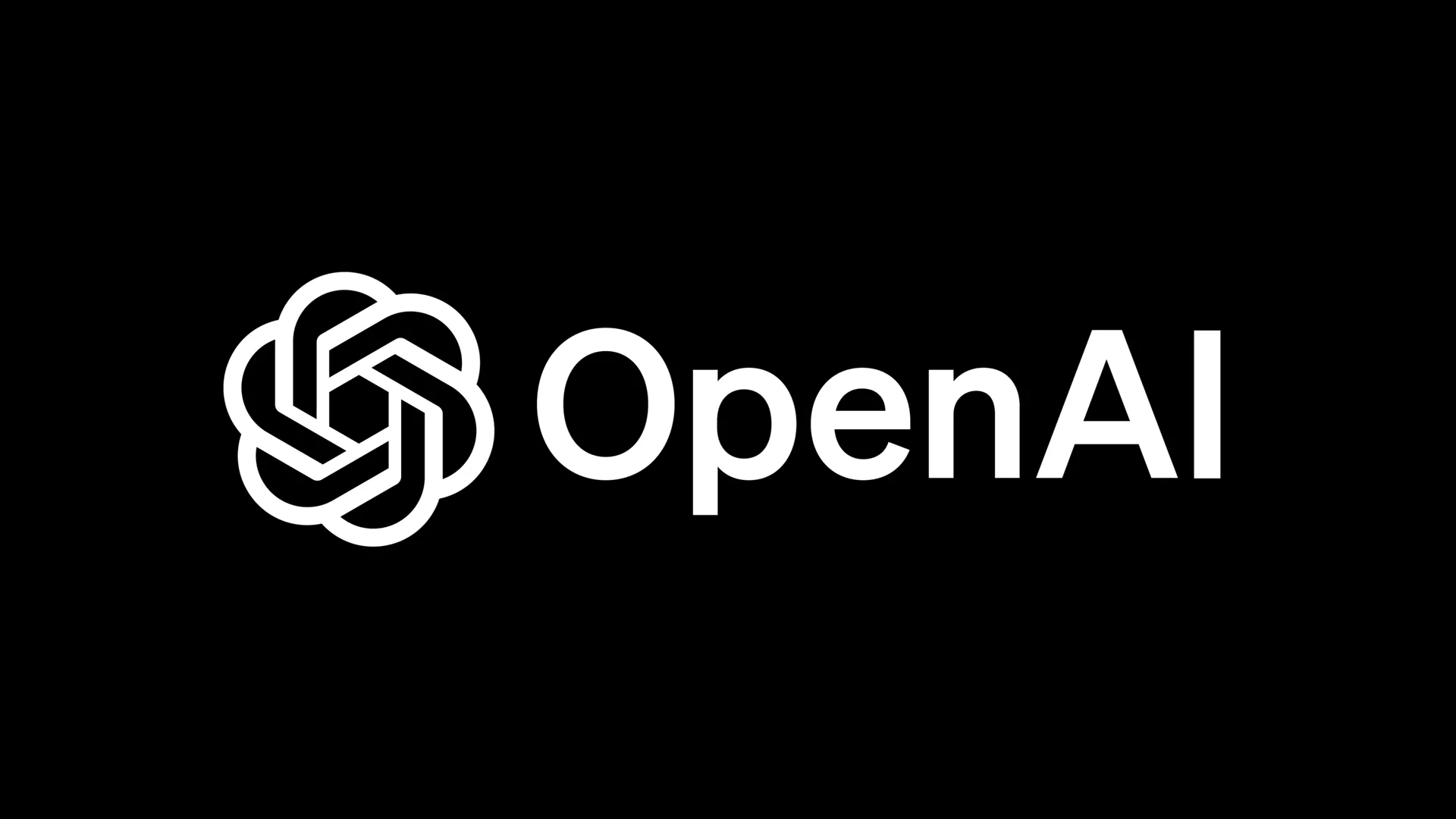Australia took centre stage in the global AI landscape last week as NVIDIA AI Day Sydney gathered over a thousand participants to explore the nation’s path toward sovereign AI.
The event, held at ICC Sydney Theatre, featured discussions on agentic and physical AI, robotics and AI factories, highlighting how the next generation of computing is driving transformation across sectors.
Industry leaders, including Commonwealth Bank of Australia, Canva and emerging startups, joined NVIDIA executives to discuss how advanced computing and AI are shaping innovation.
Brendan Hopper of the Commonwealth Bank praised NVIDIA’s role in expanding Australia’s AI ecosystem through infrastructure, partnerships and education.
Speakers such as Giuseppe Barca of QDX Technologies emphasised how AI, high-performance computing and quantum research are redefining scientific progress.
With over 600 NVIDIA Inception startups and more than 20 universities using NVIDIA technologies, Australia’s AI ecosystem is expanding rapidly. Partners like Firmus Technologies, ResetData and SHARON AI underscored how AI Day Sydney demonstrated the nation’s readiness to become a regional AI hub.
The event also hosted Australia’s first ‘Startup, VC and Partner Connect’, linking entrepreneurs, investors and government officials to accelerate collaboration.
Presentations from quantum and healthcare innovators, alongside hands-on NVIDIA Deep Learning Institute sessions, showcased real-world AI applications from generative design to medical transcription.
NVIDIA’s Sudarshan Ramachandran said Australia’s combination of high-performance computing heritage, visual effects expertise and emerging robotics sector positions it to lead in the AI era.
Through collaboration and infrastructure investment, he said, the country is building a thriving ecosystem that supports discovery, sustainability and economic growth.
Would you like to learn more about AI, tech and digital diplomacy? If so, ask our Diplo chatbot!










